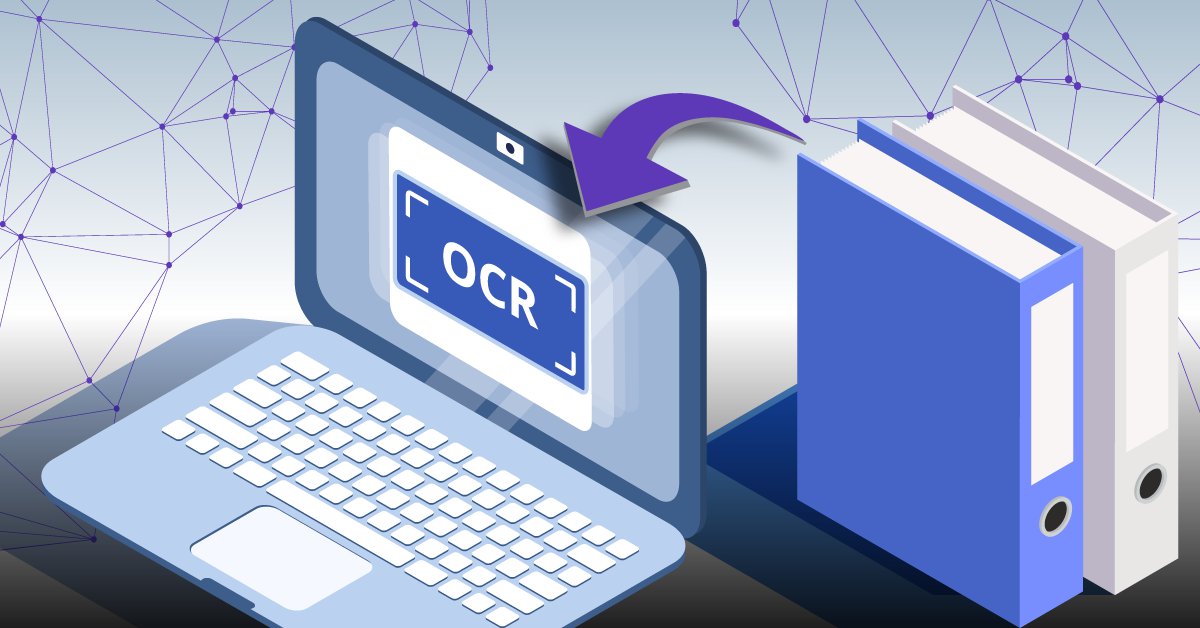OCR technology: Everyone talks about new technologies and their impact on our lives. The evolution of new terminologies and the constant graduation of the technologies introduced previously modify the perspective of the whole era. The new toolboxes developed each day help most digital and other business processes in the world. OCR technology is one of the best examples of these methods that have a considerable impact on the daily interaction of the world.
OCR technology is used in almost all areas of today’s world, from educational institutions to security authorities. It is not a new concept, but it was rather introduced at a time when no one would have thought. It has happened to a point where the modern era’s security systems will build on him.
Modern security systems are consumers of OCR technology up to a brand. This is a must-see tool for most security systems. It is used for the complete evaluation of the KYC document verification process. This blog will discuss all aspects of the OCR that are used in the user’s identity verification, but first, understand what the OCR means.
What is OCR?
Recognition of the OCR or optical characters is a technique for detecting and reading documents to extract the data from the documents. It is not also new technologies that it seems, the optical character recognition system was introduced in the 1920s. It continued to be upgraded in a system used by most organizations in the world ‘today. The OCR system uses text recognition techniques for reading several documents or other textual data such as display panels, posters, and signs slot gacor. OCR technology has a total of 14% of the total income from the world market with more advanced advances. OCR systems will be expected to reach the summits of success in the coming years with estimated market size of 12.6 billion by 2025.
![]()
The Optical Character Recognition Process
The OCR process uses several combinations of hardware and software technologies to analyze and process user documents. The security authorities use the OCR for the verification phase of online documents for the identity verification process of their customers.
Getting Image Input From the User
The first step of the OCR solution is the acquisition of user documents in the form of digital legible files that are mainly images in many systems. The user scans his documents via a scanner and converts them into digital copies using OCR. The OCR system reads the images of the documents provided by the user.
Validation Process of the User Input
Most intelligent OCR systems today carry out validation checks on user documents to check their integrity. The cybersecurity authorities carry out several validation checks on the downloaded documents using the OCR. The software checks the counterfeiting or the modification of the images of the documents before processing the document further.
Extracting Text From the Documents
The next step is the extraction of data from the document downloaded by the user. The system analyzes the complete document to verify the data present in the file. The optical character recognition system reads the data and extracts the required fields for subsequent processing. Most identity verification systems treat the user’s name and age fields as part of the identity verification cycle.
Correction and Verification of Extracted Data
The OCR system then also processes the data extracted to refine the extraction results. It checks the data by correcting the information fields extracted in the right format, after which the data is also processed for conversion.
Conversion into Machine-Readable Format
The last step in the character recognition cycle is the conversion of data into readable by a machine. The extracted data is converted into a machine-readable machine that can be processed and modified by the computer system. Most security systems do not allow data editing because they are used for user verification purposes.
Mobile OCR
With the advances made in the field of OCR systems, mobile phones also receive the update of their firmware with the optical recognition of the characters. The digitization of documents and other forms of text content is now facilitated using it. It also later helps to verify the document. The main companies in the industry provide integrated OCR features in their smartphones to help users an easy image to convert text for daily tasks.
Wrapping It Up
In addition, the OCR system is a mandatory tool for most sectors nowadays. It provides an effective way to process images and convert them into text. In addition to daily mobile phone users, other security authorities use the OCR in their identity verification processes to verify user documents. It helps to prevent identity flights and online fraud.
